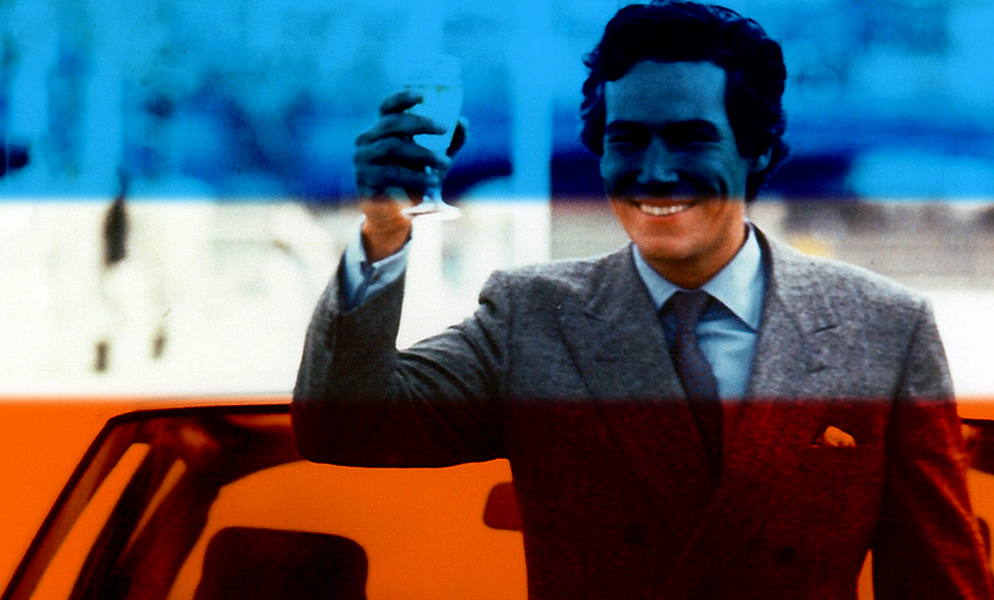
Also:
- It's Saturday Night
- 2. An autograph before you go
- 3. A new kind of game show
- 4. A rising exasperation with the quantity of dirt
- 5. The whole thing suddenly fell apart
- 6. Synthetic propensity
- 7. It was destined to be an anti-climax
- 8. This is your show now
- 9. The awesome scale of our wastefulness
- 10. Hands up those who couldn't care less
- 11. Together We’ll Be Ok
- 12. Decide the shape of ITV in the 1980s
- 13. Alan is too commercial
- 14. It worked like a dream
- 15. Older men, doing school boy tricks
- 16. Killing the Golden Goose
- 17. People love us to be sexy
- 18. The manure is worth more than the cattle
- 19. They were big in the States and we noted that
- 20. I’m still aggressive and I’m still handing out the insults
- 21. A new style of lunatic humour
- 22. The Habitat-bean-bag-hessian-wallpaper brigade
- 23. Thoroughly sinful
- 24. All carrots should be scraped, sliced and cooked
- 25. Back then it was radical stuff
- 26. Whatever they do, we can do it better
- 27. You'll have to take us as you find us
- 28. Entertainment that keeps on the move
- 29. It's the public that has to pay
- 30. The last we saw of either of them was their sad faces
- 31. Just shoot the bastard
- 32. Britain could clearly be facing its darkest hour
- 33. Any enthusiasm we may have had for continuing discussions is waning
- 34. It was considered by LWT and then put in a bottom drawer
- 35. Watch the redoubtable Terry take off
- 36. I thought it might be terrible and I wouldn’t enjoy it at all
- 37. Kamikaze Mastermind
- 38. We haven’t moved into luxury
- 39. We are investing in people
- 40. Delivered impeccably
- 41. He has to allow you to do your bit
- 42. All the anticipation of the great emotive point
- 43. If you want Russ Abbot to do it, then you have to accept me and my ideas
- 44. Let’s get straight into this
- 45. Unedifying Greed
- 46. We’ve got the fucking lot!
- 47. Scope for humour and danger
- 48. Pure Megablast
- 49. There’s lots of killing, but not much else
- 50. I wanted to make sure it was going to be disastrous
- 51. Oh dear – Auntie’s playing bingo!
- 52. A Shrivelled Little Thing
- 53. I shouldn’t have accepted it
- 54. We would be the spoilsports
- 55. The Most Sexless Person In Television
- 56. They’d have strung me up if I hadn’t chosen him
- 57. Is there some way to play with the internal constituent parts?
- 58. The most important entertainment programme of my time
- 59. The plumply pretty female duo
- 60. The audience just sort of started to freeze on him
- 61. More pilots than British Airways
- 62. There's going to come a time when you'll have to go to the BBC
- 63. A slightly pretentious manifesto
- 64. Things Look Very Precarious
- 65. It’s no good doing all the same old people all the time
- 66. That’s just not funny Bobby, it's corny - just don’t do that
- 67. Well bottom’s not funny
- 68. We Are The Funnymen
- 69. The powers that be listened to Denis
- 70. Stretchers never go up stairs
- 71. I was in obscurity until this series
- 72. I don’t care if he doesn’t like me
- 73. There’s such a passion for nostalgia right now
- 74. I Heard A Seat In The Stalls Go ‘Gerdonk!'
- 75. This is your show, folks, and I do mean you
- 76. There’s good news for perplexed fans of 3-2-1!
- 77. Taking on Blind Date would be a real challenge
- 78. You wanna bet on it?
- 79. The yarns worked their tried and tested magic
- 80. The Charge-And-Shout Brigade
- 81. I sat for a moment in silence, then turned in my chair and left the stage
- 82. We just weren't allowed into UK terrestrial television
- 83. Beadle’s A Prick
- 84. The interviewer always has to know when it's best to keep his or her mouth shut
- 85. Can you come up with a good solution for the Murder Weekend mystery?
- 86. He's not a goody- goody hero
- 87. The Sexism, The Dolly Birds, The Catchphrases
- 88. The feel of Saturday night
- 89. 1990 Who would employ an ex-alky with lowered self-esteem
- 90. It were a right smack in the face
- 91. Look Straight Into My Eyes And Everything Will Be Alright, That's A Promise
- 92. That's the last thing I was expecting, Jim
- 93. The characters and situations are real
- 94. Oh Man, There Go All My Women Fans
- 95. A Double Order of Talent
- 96. If there is an air of spontaneity about it, it’ll be genuine
- 97. NTV brings you ... empty rooms!
- 98. You’re BBC, you shouldn’t be here
- 99. If this doesn’t work out, we’re both snookered!
- 100. The humour of Beadle comes through humiliating people!
- 101. To allow such bilge on TV is an insult to the audience
- 102. Like a cup of cold sick
- 103. A litre of gin, ecstasy and crack cocaine
- 104. A reliable tent pole for Saturday evenings
- 105. It is in the cutlery drawer
- 106. Welcome to the new Saturday night
- 107. Congratulations, you have got the fucking Gen Game
- 108. The programme has done extremely badly and will be dropped after this series
- 109. Building the excitement and tension to a crescendo
- 110. He gives us our spirit of unity; we’d all like to strangle him
- 111. The worst programme currently on terrestrial television
- 112. I award the city state of Milton Keynes 100 credits!
- 113. There’s nothing that makes people scream, ‘Did you see that?’
- 114. It was of a standard frankly well below what the public would want
- 115. Waxing An Ape Is My Ambition
- 116. Don’t Get Mad, Get Even
- 117. The penalty shoot-out is the greatest ever endgame
- 118. 200 black boxes are strapped to the back of a cross-section of the nation
- 119. Better For You, Better For All Of Us
- 120. I mean who on earth thought that was a good idea?
- 121. I’m sure the tune was in there somewhere
- 122. This Time, You Decide
- 123. King of trash, that’s me
- 124. It’s about rejection now
- 125. They lost what Popstars was all about
- 126. Win the ads
- 127. A name in search of a series
- 128. Getting grief from the papers
- 129. I’m so pleased to be back on television
- 130. Saturday nights haven't been this interesting for 10 years
- 131. It’s the Usual Nonsense
- 132. The trip of a lifetime
- Epilogue: Why Haven't You Written a Series of Articles on Tuesday Night Telly?
|
By 1989, Greg Dyke was getting into his stride as director of programmes at LWT, and was keen for the company to maximise its potential for advertising revenue. The economic downturn that had caused his predecessor John Birt, to focus the station’s output on cheaply made mass appeal game shows had now passed and the television industry was enjoying a period of relative prosperity, thanks to blossoming house prices and cheap credit, ensuring consumers had more expendable cash, and therefore advertisers had more reason than ever to pitch their wares on television.
Many within the ranks of LWT had become disenchanted with Birt’s strategy, believing the company’s reputation for quality drama and comedy – that had been so hard fought during the 1970s – had become irrevocably sullied by the numerous people shows that had proliferated during the 1980s. Before departing for the BBC, Birt had instigated a major research project to review LWT’s audience. Its findings suggested that the station was failing to appeal to the ABC1 high earner viewers (crucial to advertising revenue), to that end Dyke worked with the other network heads at ITV to try and strengthen the weekend schedule and attractive a more affluent type of viewer.
Integral to this strategy was drama. Perhaps the most decisive move was made by Andrew Quinn, managing director of Granada Television, who with some persuasion from Dyke and Thames Television’s David Elstein, agreed to increase Coronation Street from two weekly episode to three, with that third edition crucially being broadcast on Friday nights. For many years Granada had resisted such a move, believing it would dilute the quality of their flagship soap, however the arrival of EastEnders in 1985 had forced them to look again. In fact, 1989 was to prove an especially successful year for Coronation Street with popular characters such as Brian Tilsley and the malevolent Alan Bradley being killed off in memorable fashion, both helping to secure the soap the coveted number one ratings slot for the first time on a consistent basis since August 1985.
In addition, Dyke worked with his close ally at Yorkshire Television, John Fairley, to introduce a number of completely new dramas to the weekend schedules. Most notably A Bit Of A Dofeaturing David Jason and Nicola Pagett. Jason would become increasingly important to both Yorkshire Television and ITV’s weekend output over the next few years thanks to the success of his next two series The Darling Buds Of May (which on its debut in 1991 would attract an astonishing 18.4 million years) and A Touch Of Frost.
LWT also contributed to the influx of new dramas. Their Sunday night series, Forever Green,featured John Alderton and Pauline Collins who were now embarking on their fifth series together for LWT (the other four being Upstairs, Downstairsand its sequel Thomas and Sarah; and the mid 70s sitcom No, Honestly and its sequel Yes, Honestly). Broadcast on Sunday nights, this gentle drama (in many ways one of the precursors for the hugely popular and long-running weekend hit Heartbeat) concerned a married couple who relocated from London to live in the country. It proved popular with audiences pulling in up to 15.7 million viewers.
American drama, so important in the earlier part of the decade, would again play its part, most notably in the screening on Saturday nights of six two-hour adventures produced by DL Taffner Limited featuring Leslie Charteris’ famous sleuth The Saint. Best remembered in Britain as a long-running ITC television series featuring Roger Moore and latterly Ian Ogilvy, this latest version starred virtual unknown Simon Dutton, and was in fact the character’s fourth television incarnation (DL Taffner had produced a one-off TV movie in 1987 featuring moustachioed Australian Andrew Clarke as The Saint in Manhattan). This latest series cost £7.5 million to make, and in many ways could be considered the television equivalent of Timothy Dalton’s tenure as the famous big-screen spy James Bond.
Both actors were keen to make their interpretations of their respective famous spies grittier and more realistic than their predecessors (“He travels a lot and is very charming,” Dutton claimed of his interpretation of Simon Templar, “but he’s not a goody- goody hero. His relationships with women are romantic rather than sexual and although The Saint appears part of the Establishment, there is something of the loner about him, a darker side that is close to the character in the book.”) However the most striking similarity between the two was just how unsuccessful their interpretations were with the general public. Dutton’s Saint failed to win over the character’s devotees or the audience at large, and the series was considered one of the most expensive flops of all time.
LWT’s new approach to weekends did not simply encompass drama. As we have seen, Murder Weekendwas an attempt at doing something different with the game show format, perhaps to appeal to a more aspirant section of the audience. But it was not to be the station’s only stab that year at doing something new.
Next Monday: The Sexism, The Dolly Birds, The Catchphrases














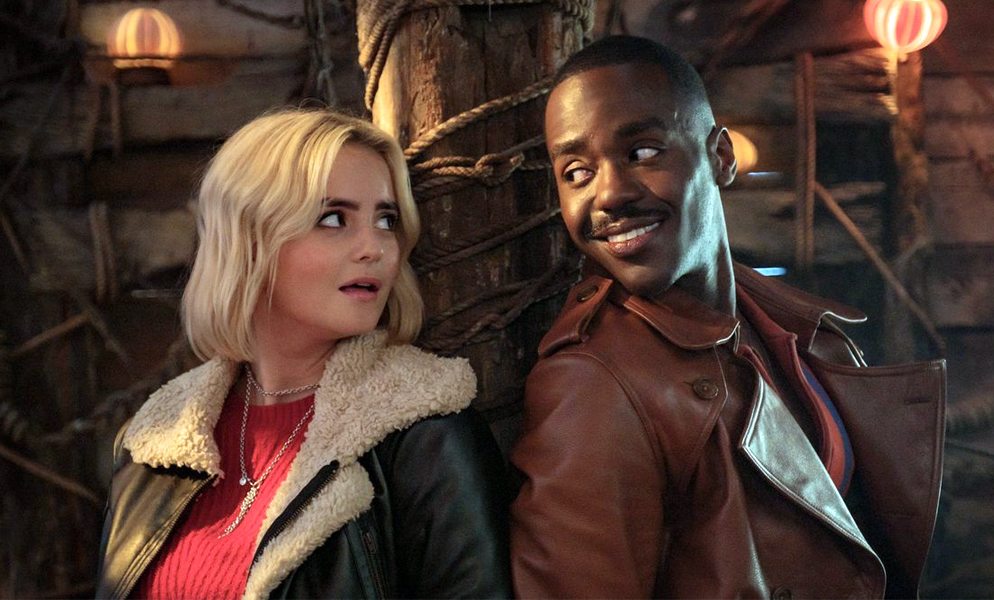
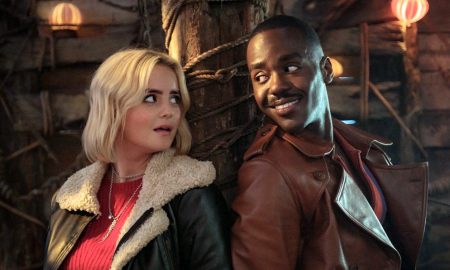
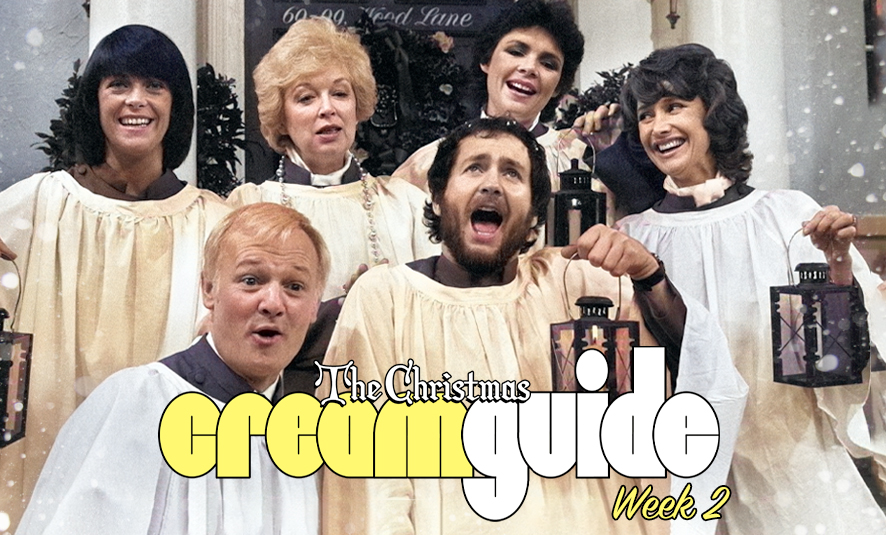
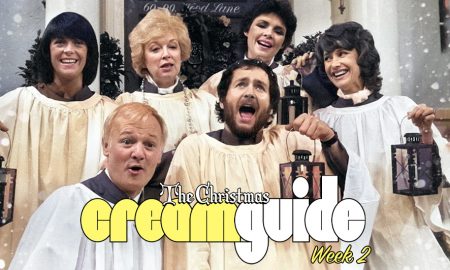
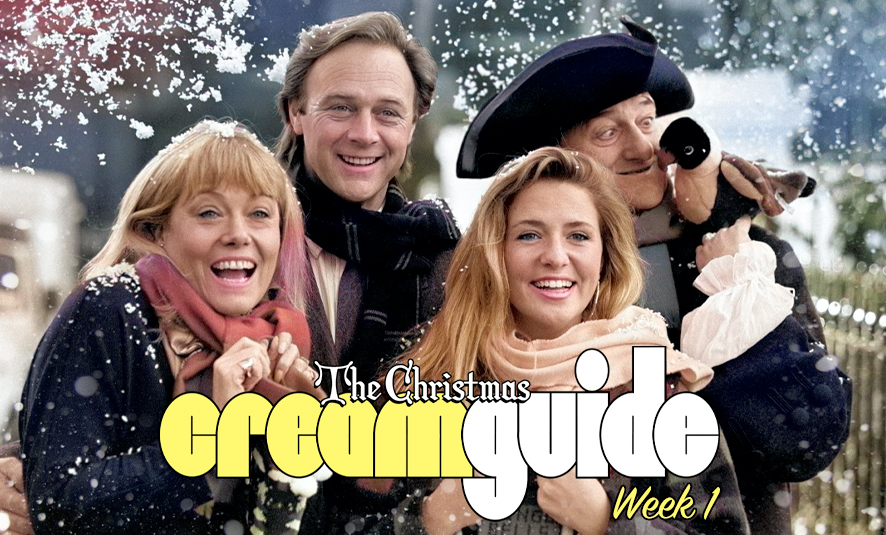
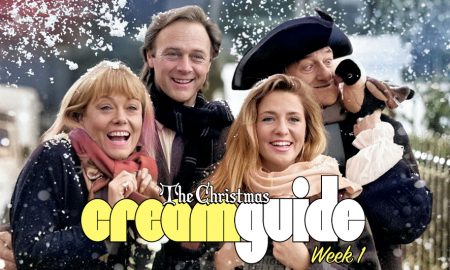

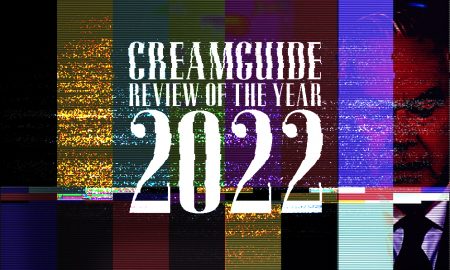

George White
May 6, 2019 at 10:19 am
Yes, Honestly recast the Alderton and Collins roles with Donal Donnelly and Liza Goddard.
Glenn Aylett
May 6, 2019 at 1:58 pm
I do remember seeing the Simon Dutton reboot of The Saint and considering it OK. Also that well known in continental Europe actress Arielle Dombasel made an appearance in one episode as his love interest. It’s interesting that while Ms Dobasel would be mobbed in Brussels 30 years ago, she could probably wander around London unnoticed.